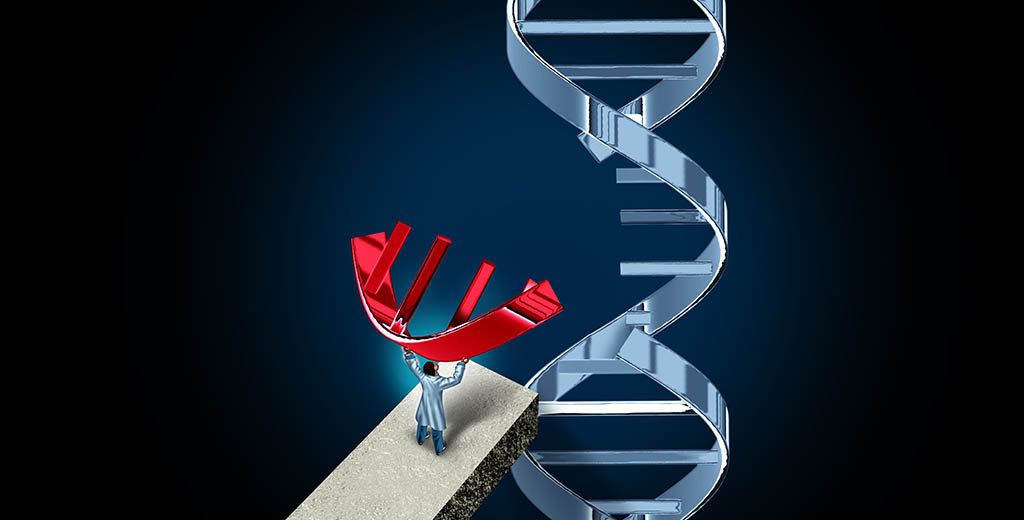This year's winners of the 2020 Nobel Prize in chemistry harnessed the humble bacteria's long-evolved defense system to create a powerful gene-editing tool that some think is revolutionizing medicine.
The technology, which is derived from the bacterial immune response, was developed by Jennifer Doudna, PhD, and Emmanuelle Charpentier, PhD. It allows scientists to cut out "bad" DNA that can cause disease and, when necessary, replace it with healthy DNA.
The concept of editing genes is not new, but it has been a tricky and elusive business for scientists. The method that Doudna, a University of California, Berkeley biochemist, and Charpentier, director of the Max Plank Unit for the Science of Pathogens, created changed that. Since they made their discovery in 2012, researchers have increasingly turned to their technology -- called CRISPR-Cas9 -- to investigate the underpinnings of human biology and illness.
Editing to manipulate physical or physiological features
So how exactly does this miracle editor work? How has it changed the field of biology? And how will it change the field of medicine?
Every living thing is built from DNA, and more specifically, its four cardinal building blocks: adenine, cytosine, guanine and thymine, often represented as the letters A, C, G and T. These letters -- of which we contain billions -- are arranged in specific patterns that code for our biological and physical being. But sometimes things can go wrong.
CRISPR allows scientists to change those patterns, and in turn, change biology: The gene-editing tool can alter, delete, insert and replace these "letters" to manipulate physical or physiological features.
CRISPR's ability to cut DNA comes from the Cas9 protein, which is often likened to a tiny molecular scalpel. That may sound perilous, but Cas9 has a partner that keeps it from cutting DNA willy nilly. It's known as a guide, or a strand of molecules that precisely matches the section of the genome targeted for editing. This guide, which scientists can tailor to target different sections of DNA, escorts the CRISPR-Cas9 complex to the exact location in the genome that's meant to be edited.
Repairing a mutation
Here's an example: In the lab of Matthew Porteus, MD, PhD, Stanford Medicine professor of pediatrics, researchers are using CRISPR to try to cure sickle cell disease. In the disease, a single mutation in the DNA causes an aberration in the hemoglobin protein, which helps red blood cells carry oxygen throughout the body. Using CRISPR-Cas9, Porteus is able to home in on the exact mutation -- in this case an "A" that induces the faulty protein -- and replace it with the correct letter of DNA, a "T."
"It's like having one typo in a book containing 6 billion letters," Porteus said in a Stanford Medicine magazine story when describing this work. "We spent six years trying to repair that one mutation using older gene-editing technologies, but with CRISPR, we finally had a tool that was much easier to use and far more efficient."
This is just one example of the editing system's vast potential. Other scientists at Stanford are using CRISPR to fight cancer, study coral, investigate neurodegenerative diseases and better understand the biology of heart conditions, among many other applications.
Enormous power
However, CRISPR's rocketing progress, while enabling new scientific and medical endeavors, has raised concerns about how it might be used. Even scientists with the purest intentions could unintentionally introduce changes to an organism that are detrimental. With Doudna at the helm, scientists around the world are continuing to develop ethical standards to guide CRISPR's role in science and society.
"There is enormous power in this genetic tool, which affects us all. It has not only revolutionized basic science, but also resulted in innovative crops and will lead to ground-breaking new medical treatments," Claes Gustafsson, chair of the Nobel Committee for Chemistry, said in a news release.
Image by freshidea






